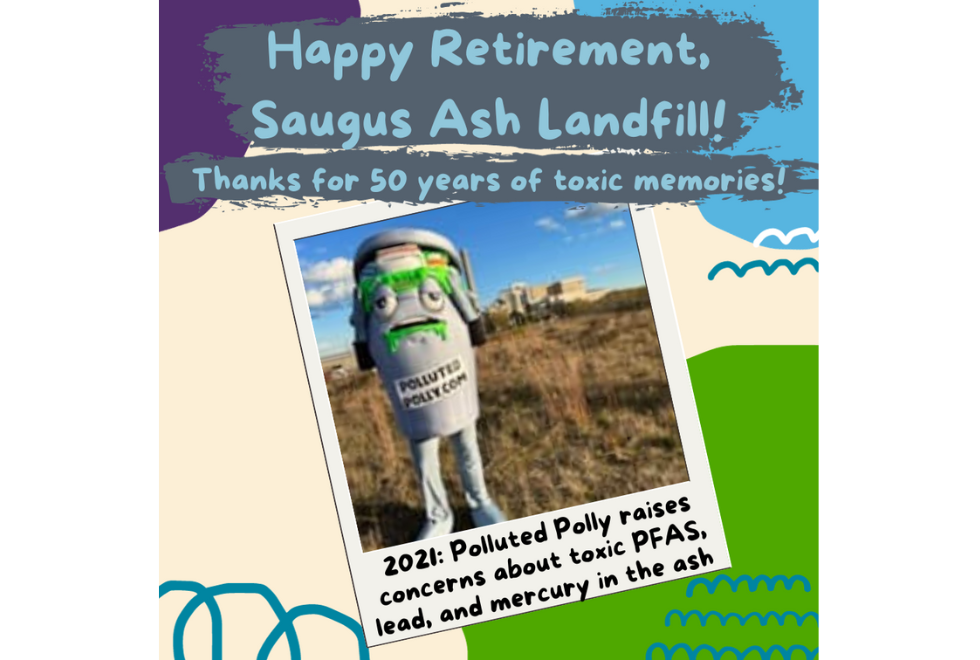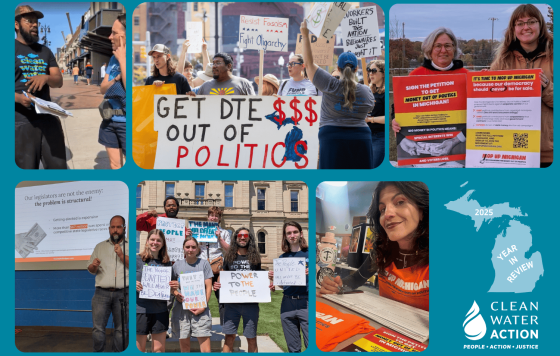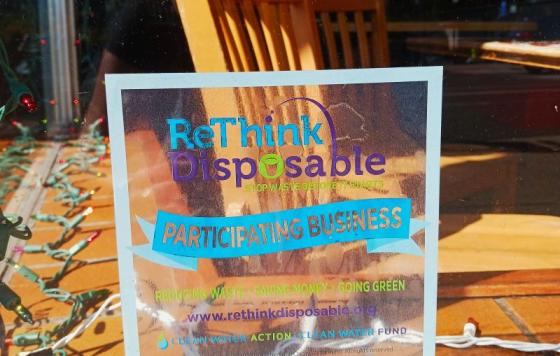
There’s a cautious optimism in Saugus, MA and surrounding communities - a feeling that this time is different, that after almost 50 years, the toxic unlined ash landfill polluting their air and water, the oldest facility of its kind, is finally on the likely path toward retiring.
It was supposed to close in 1996. But it didn’t. And thus began a series of exemptions and extensions from the state of Massachusetts. The ash landfill sits in a protected and sensitive marshland and lacks a plastic liner to contain the toxic substances buried there. (The landfill’s owners will assure you that its naturally occurring clay is sufficient, but no modern landfill is built this way.) And the incinerator that feeds the landfill has had accidents and incidents that have released ash filled with heavy metals into a parking lot and wetlands. Most recently, the state permitted the landfill to expand in 2017. This toxic phoenix has a history of rising from the ashes, and that ash pile keeps looming taller and larger.
But this time is different. The ash landfill is about to hit capacity once again, and this time, rather than allowing it to expand its poison footprint even farther into the protected Rumney Marsh, the state appears to be holding firm. It’s time for the ash landfill to retire.
So where will the trash go? First, let’s reframe the problem. Why is the most common solution to waste disposal always burning or burying waste in communities who don’t have the resources to fight back rather than reducing the amount of trash generated in the first place? A report from the Tishman Environment and Design Center at the New School released in 2019 noted that approximately 8 out of every 10 incinerators operating in the United States were in environmental justice communities like Saugus and its neighbors. Sending our trash to low-income communities and communities of color is not a solution. It just hides the real health and pollution costs of waste disposal from wealthier neighborhoods.
It's time to implement real solutions to waste disposal. And the good news is that those solutions already exist! First, our state should follow the example of other cities and states that have set up a separate collection for the composting of food scraps. In a 2015 report, MassDEP estimated that more than 25 percent of the waste stream in Massachusetts after recycling is food waste. This waste stream should be diverted.
In addition to expanding composting, Massachusetts needs to improve enforcement of the state’s already-existing waste bans. The state banned certain items from the trash because they can be reused or recycled, but according to a 2022 report from Zero Waste Massachusetts, two million tons of materials banned from the state’s landfills and incinerators end up there each year anyway. We don’t need to keep building a towering pile of toxic ash in Saugus if we properly compost, reuse, and recycle.
Let’s join the residents of Saugus, Lynn, and Revere as they celebrate the pending retirement of the toxic ash landfill! They’ve had 50 years to plan this party! And then let’s dig in together on zero waste solutions that will transition us away from the injustice of turning communities into toxic sacrifice zones.


